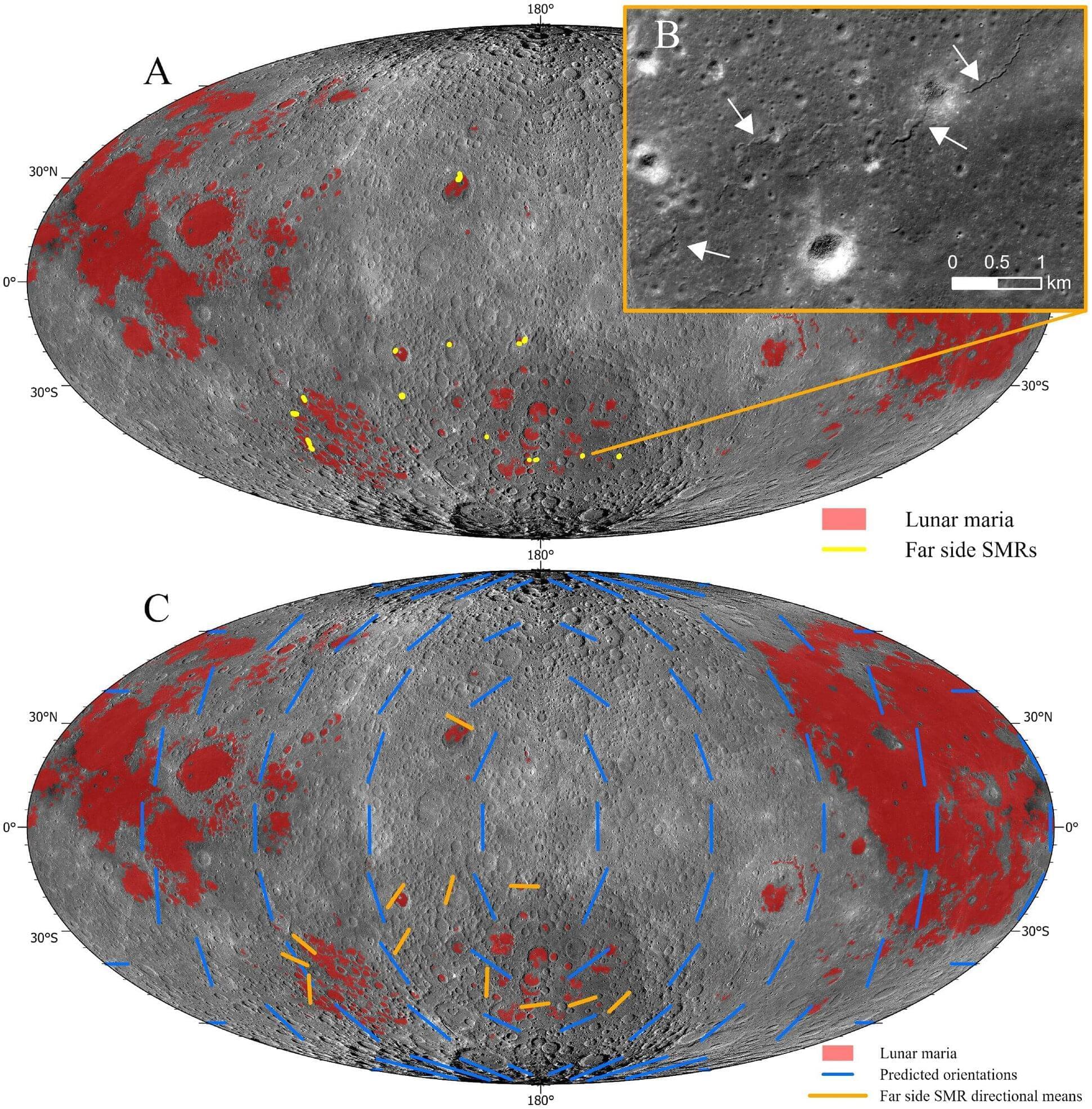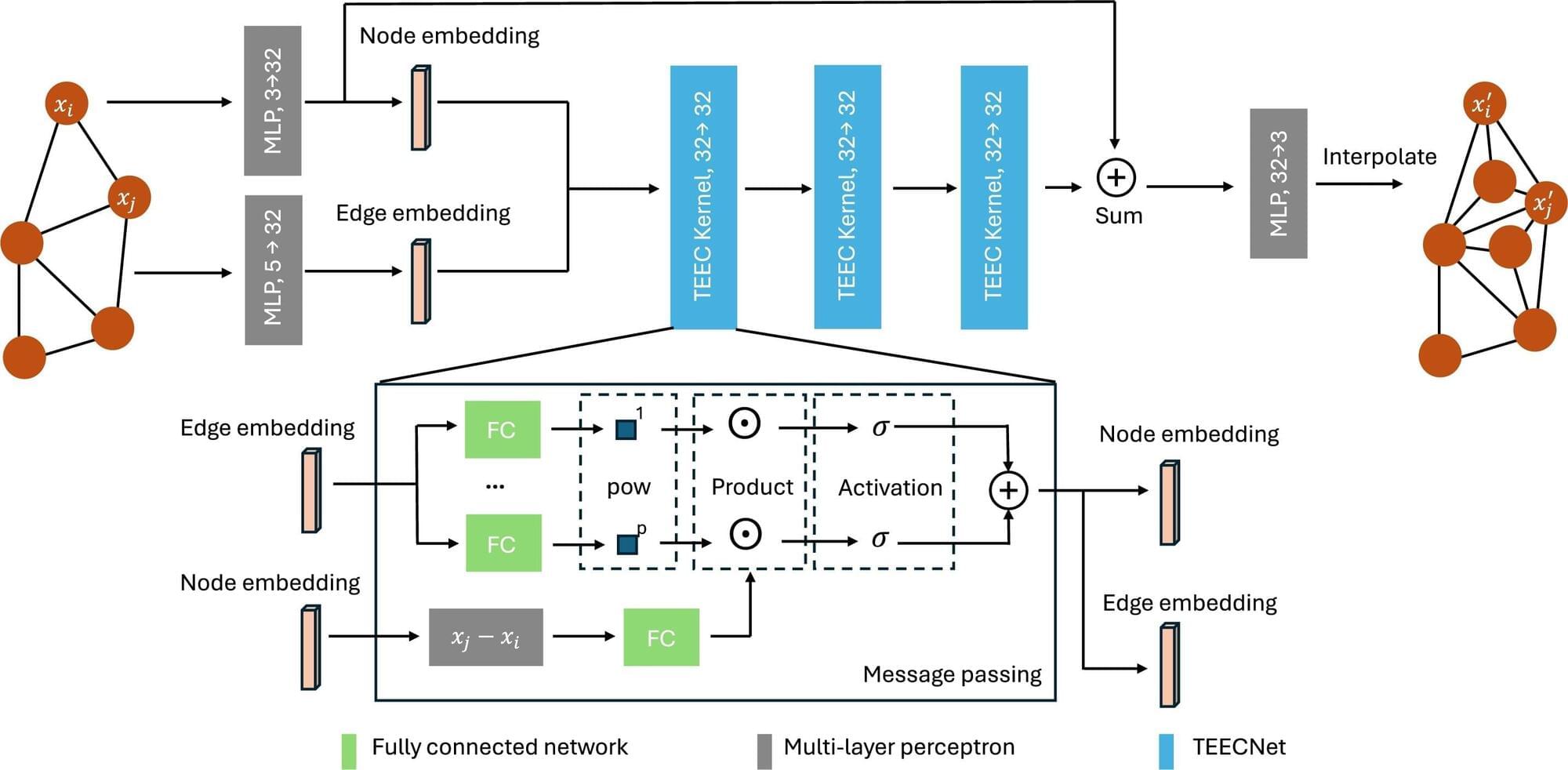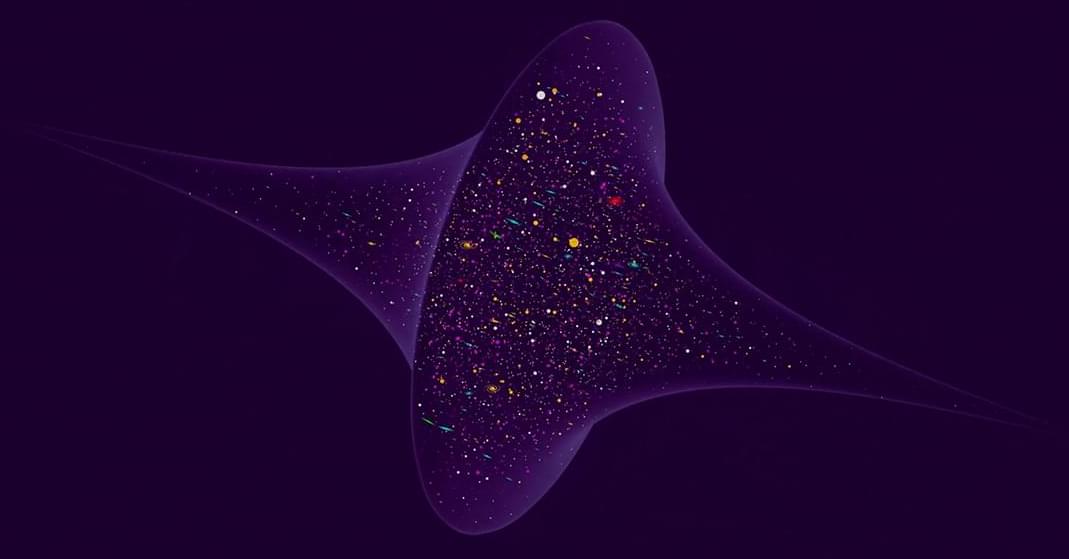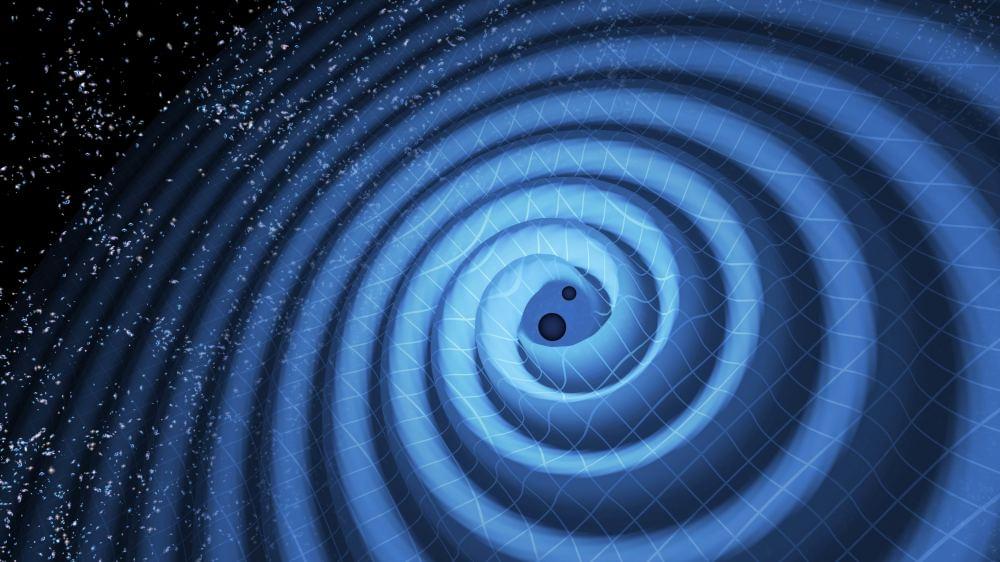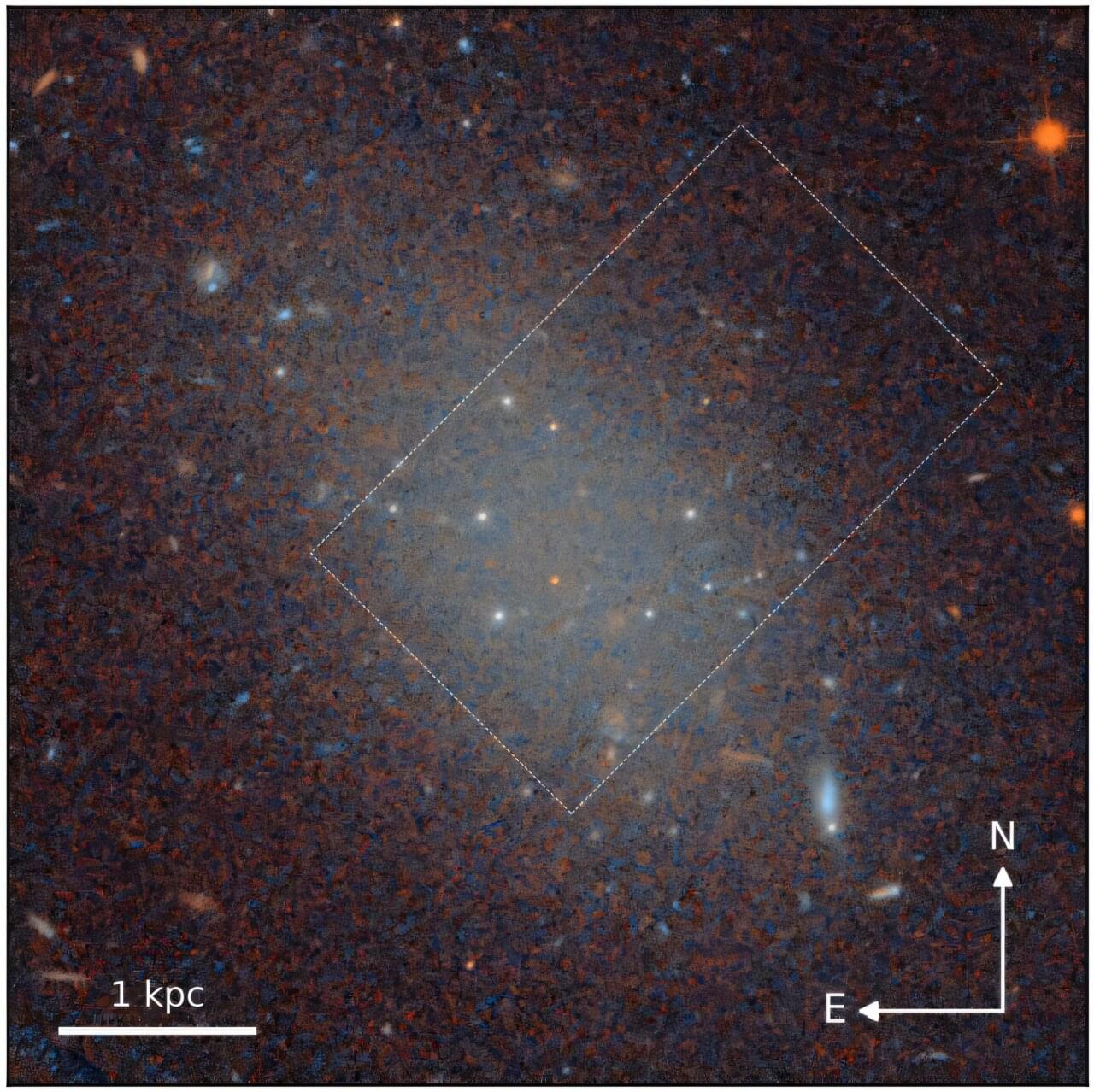Scientists have studied the moon’s surface for decades to help piece together its complex geological and evolutionary history. Evidence from the lunar maria (dark, flat areas on the moon filled with solidified lava) suggested that the moon experienced significant compression in its distant past. Researchers suspected that large, arching ridges on the moon’s near side were formed by contractions that occurred billions of years ago—concluding that the moon’s maria has remained dormant ever since.
However, a new study reveals that what lies beneath the lunar surface may be more dynamic than previously believed. Two Smithsonian Institution scientists and a University of Maryland geologist discovered that small ridges located on the moon’s far side were notably younger than previously studied ridges on the near side. Their findings were published in The Planetary Science Journal on January 21, 2025.
“Many scientists believe that most of the moon’s geological movements happened two and a half, maybe three billion years ago,” said Jaclyn Clark, an assistant research scientist in UMD’s Department of Geology. “But we’re seeing that these tectonic landforms have been recently active in the last billion years and may still be active today. These small mare ridges seem to have formed within the last 200 million years or so, which is relatively recent considering the moon’s timescale.”
